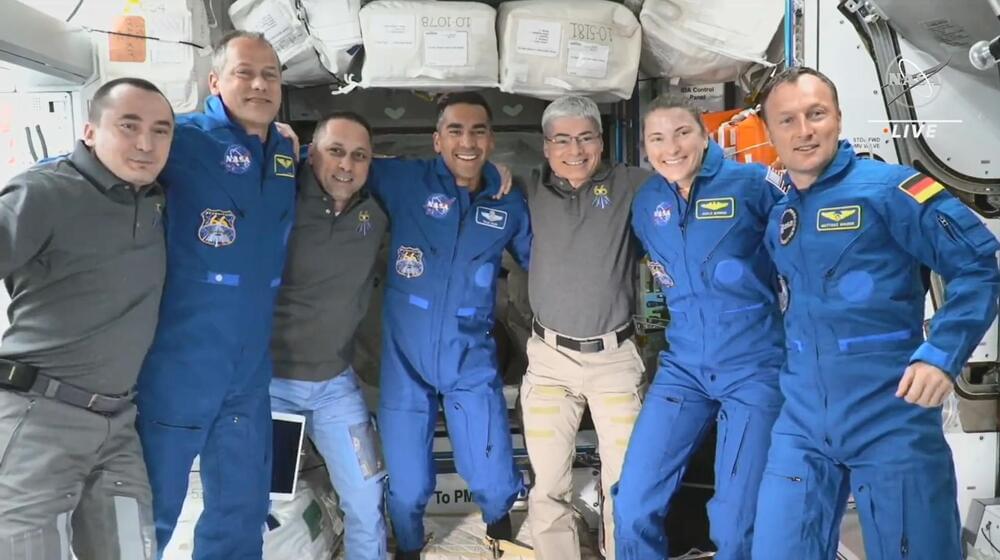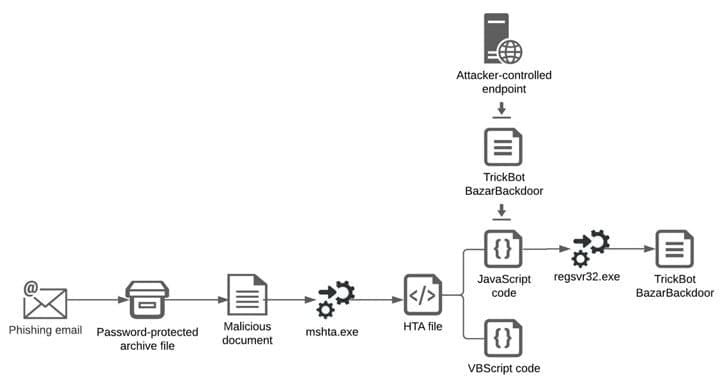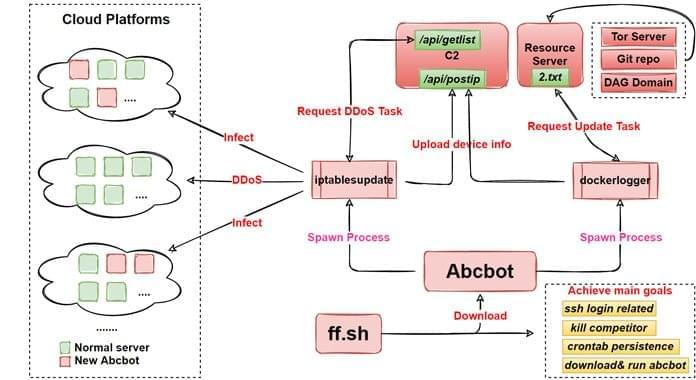Determine which video-level computer vision task you need to perform based on the insights you want to gain.
The intrepid space explorer, who in 1969 became the world’s first beagle to land on the lunar surface — at least in the Peanuts comic strips drawn by the late Charles M. Schulz — is set to fly for real aboard NASA’s first Artemis mission in 2022. Snoopy, in plush form, will serve as the “zero-g indicator” on the Artemis I Orion spacecraft as it loops around the moon.
Snoopy made a similar journey more than 50 years ago, flying with “Charlie Brown” as the call signs for the lunar and command modules that flew astronauts on a final dress rehearsal before the first moon landing.
“I will never forget watching the Apollo 10 mission with my dad, who was so incredibly proud to have his characters participate in making space exploration history,” Craig Schulz, son of cartoonist and producer of “The Peanuts Movie,” said in a statement. “I know he would be ecstatic to see Snoopy and NASA join together again to push the boundaries of human experience.”
Running more than 30 minutes ahead of schedule, the SpaceX Crew-3 astronauts docked to the International Space Station at 6:32 p.m. EST Thursday, Nov. 11, less than 24 hours after launching from the Kennedy Space Center in Florida. NASA astronauts Raja Chari, Tom Marshburn, Kayla Barron, and ESA (European Space Agency) astronaut Matthias Maurer opened the hatch of their Crew Dragon spacecraft Endurance at 8:25 p.m. and participated in a welcome ceremony with their new Expedition 66 crewmates at 9 p.m.
On board to welcome them were fellow astronaut Mark Vande Hei, Expedition 66 Commander Anton Shkaplerov and Flight Engineer Pyotr Dubrov of Roscosmos. Joining the welcome ceremony from Earth were Kathy Lueders, NASA associate administrator for Space Operations, NASA and Josef Aschbacher, ESA director-general.
The newest crew to the microgravity laboratory is the agency’s third crew rotation mission with SpaceX and will remain on board until April 2022 as a part of Expedition 66.
Phase 3 clinical trials of MDMA-assisted psychotherapy for post-traumatic stress disorder (PTSD) are currently underway in the USA, Canada, and Israel.
These trials, led by the Multidisciplinary Association for Psychedelic Studies (MAPS), are the last step in figuring out if this treatment is safe and effective enough for MDMA to be legally prescribed to treat PTSD.
If there’s a positive result from the trials, this could happen in the USA as soon as 2022.
The Montauk Monster is a pit bull, a dogfighting washout who washed up a Long Island beach. You heard it here first.
Or maybe you heard it elsewhere first. Even with Google Alert, it’s not easy to keep track of the rumors, speculation and rare pieces of actual news concerning the odd-looking corpse found in late July on a beach near Montauk, New York.
First described on pop culture rag Gawker under the apotheosis-of-hipster subheading “Good Luck With Your Hell Demons,” the Montauk Monster hit the internet like a match tossed on lighter fluid. Was it the handiwork of mad government scientists at the nearby Plum Island Animal Disease Center? A member of some miraculously undiscovered species, giving silent testimony to the power of Nature, so exhaustively explored and encroached upon, to surprise?
It reduces the operational carbon footprint while making inspections more efficient and cost-effective.
A team of TrickBot operators joins forces with Shatak attackers to launch Conti Ransomware.
Researchers are warning of a new evolving botnet that has been spotted in the wild and has worm-like spreading capabilities to infect Linux systems.
Researchers uncover a new cyber mercenary hacker-for-hire group that has been conducting cyber espionage and data theft since 2015.
Researchers have uncovered details of a watering hole attack carried out via websites in Hong Kong, and exploited a zero-day vulnerability in macOS.
Researchers uncover a new cyber mercenary hacker-for-hire group that has been conducting cyber espionage and data theft since 2015.









